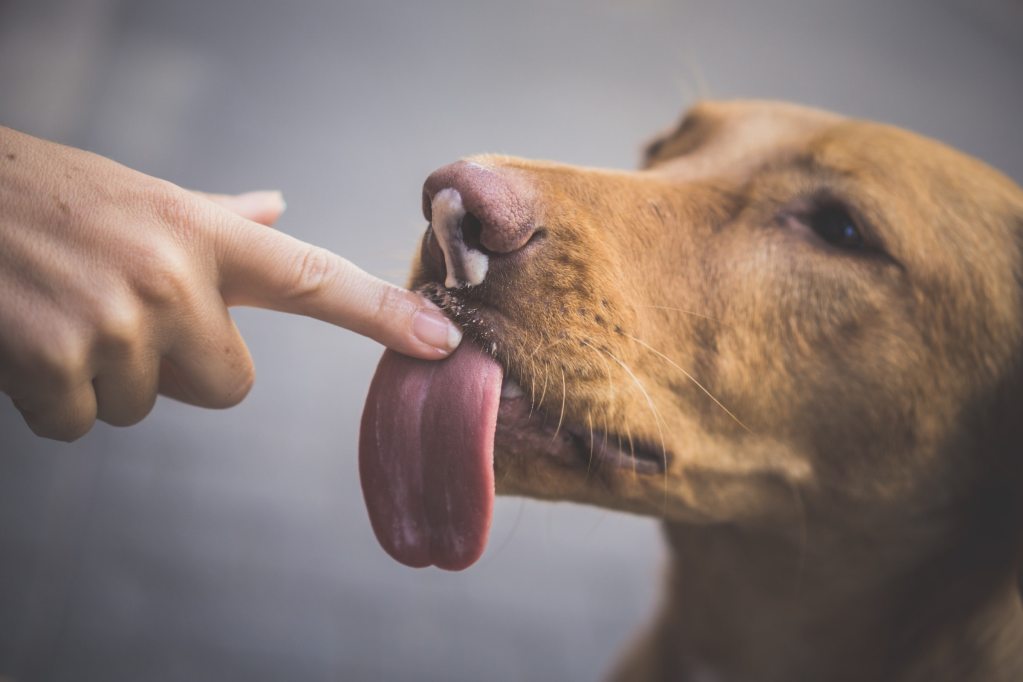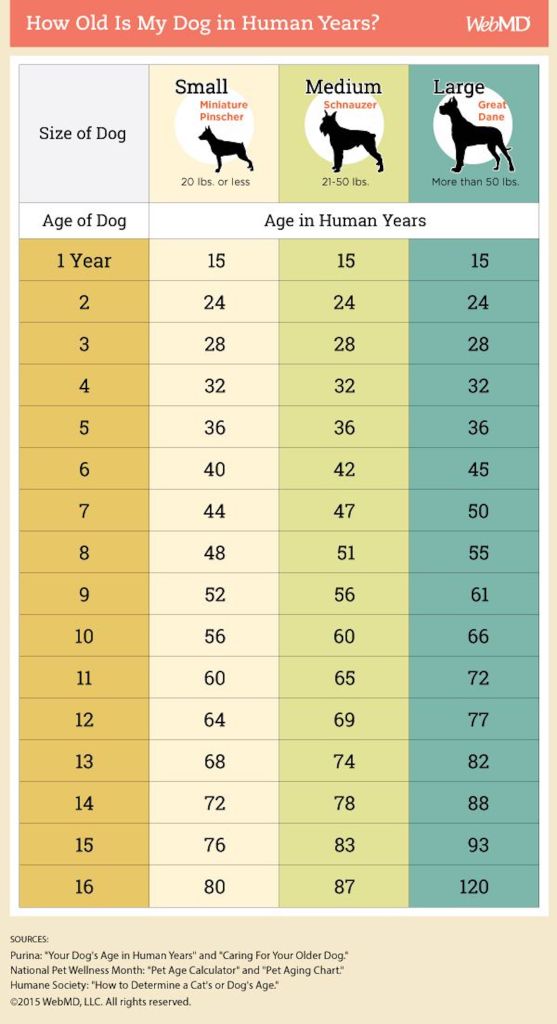
There are many ways to identify a dog’s age and translate dog years to human years — other than knowing their birthday, of course — from the formation of their teeth to the development of their body. Then there’s the classic rule of 7: 1 year in “human time” equals 7 “dog years”. However, research shows that figuring out exactly how to translate dog years to human years may not be as simple as multiplying a number by 7. So how can you calculate your dog’s age?
Let’s dive into the latest and most accurate techniques for canine age calculation. Once you know how to apply this knowledge, you’ll be able to figure out what stage of life your dog is in. This calculation is yet another way to ensure you’re taking the best possible care of your best buddy — and it’s fascinating to know either way.

Is 1 dog year 7 human years?
Despite the popularity of this trope — that 1 year for a dog is equal to 7 human years — it’s not quite that simple. In fact, the dog-to-human age equivalent can change from year to year depending on the age and size of your pet. According to the American Kennel Club (AKC), all pups will gain about 15 human years within their first actual year of life, while the second year of life equals another nine years.
Past year two, however, the numbers tend to differ. Larger breeds will “age faster” on paper, meaning their human age equivalent will be higher than that of a smaller dog who was born at the same time. This may sound a bit sad, or even worrisome, so it’s important to remember that age isn’t an indicator of health or life expectancy. As we tell humans, age is just one number.

How do I calculate dog years to human years?
As much as you’re hoping to find a quick formula to help you calculate your pup’s human age, determining the answer will require a few steps. Here’s how the American Veterinary Medical Association (AVMA) breaks it down:
- A dog’s first year of life is the equivalent of about 15 human years.
- A dog’s second year is the equivalent of nine human years (making a 2-year-old, medium-sized dog about 24 years old in human years).
- From the third year onward, each canine year is the same as about five human years.
It seems easiest to calculate a dog’s age when they’re in their first few years of life, though there is another important factor to consider. These statistics provided by the AVMA are meant specifically for medium-sized dogs. Larger dogs, unfortunately, are known to have shorter life spans and faster physical aging (which is totally normal and expected), so each canine year will equal more than five human years. On the other end of the spectrum, smaller breeds age at a slightly slower rate, which their “human age” reflects.

How old is a 10-year-old dog in human years?
As we have learned, we’d need to know the breed, or at least the size, of the dog in order to estimate their age in human years. The number is going to be significantly higher for a large pup than for a small one, so the age calculation equation listed above won’t necessarily work. Remember — it’s meant for medium-sized breeds.
On a website infographic, the AVMA lists the human ages for 10-year-old dogs as anywhere between 56 to 78, depending on their weight. Veterinarian Amy Flowers and the team at PetsWebMD came up with similar numbers: small dogs at 10 years old equal 56 human years, while medium and large dogs equal 60 and 66 years, respectively.

How old is a 13-year-old dog in human years?
It’s not a hard-and-fast answer. Though the popular belief is that 1 dog year equals 7 human years, that’s not necessarily the case. The size and breed of the dog is important. Generally speaking, smaller breeds age slower than larger ones. Larger dogs typically have shorter lifespans.
The AVMA lists a 10-year-old dog’s age at roughly 68 to 82 years — where your 13-year-old canine lands will depend on their weight. The most important thing is to discuss your pet’s overall health with their veterinarian, who can also help you ensure your 13-year-old pup’s golden years are the best they can be.

Your veterinarian can help
It can get a bit confusing with all the numbers and factors to consider, so don’t worry if you need to recruit some help. Feel free to ask your veterinarian to estimate your pet’s human age at your next appointment. Who knows? Maybe you’ll even learn a cool trick or two about “reading” a dog’s age while you’re there.
In the end, your fur baby’s health and happiness are more important to keep an eye on than their age. It’s true that finding their human age may help you prepare (mentally, at least) for age-related changes that may arise, but their behavior and activity levels should tell you more than anything. Whether they’re turning 1 or enjoying their teens — in dog years, that is — nothing beats a happy dog.
Editors' Recommendations
- 5 surefire ways to keep your dog off your bed and get a good night’s sleep
- Taking your dog’s collar off at night: Safe move or safety risk?
- How to tell if your older dog’s health decline means the end is near
- 7 dog training podcasts we’re obsessed with
- Is your dog barking nonstop? Here’s how to get your noisy pup under control




